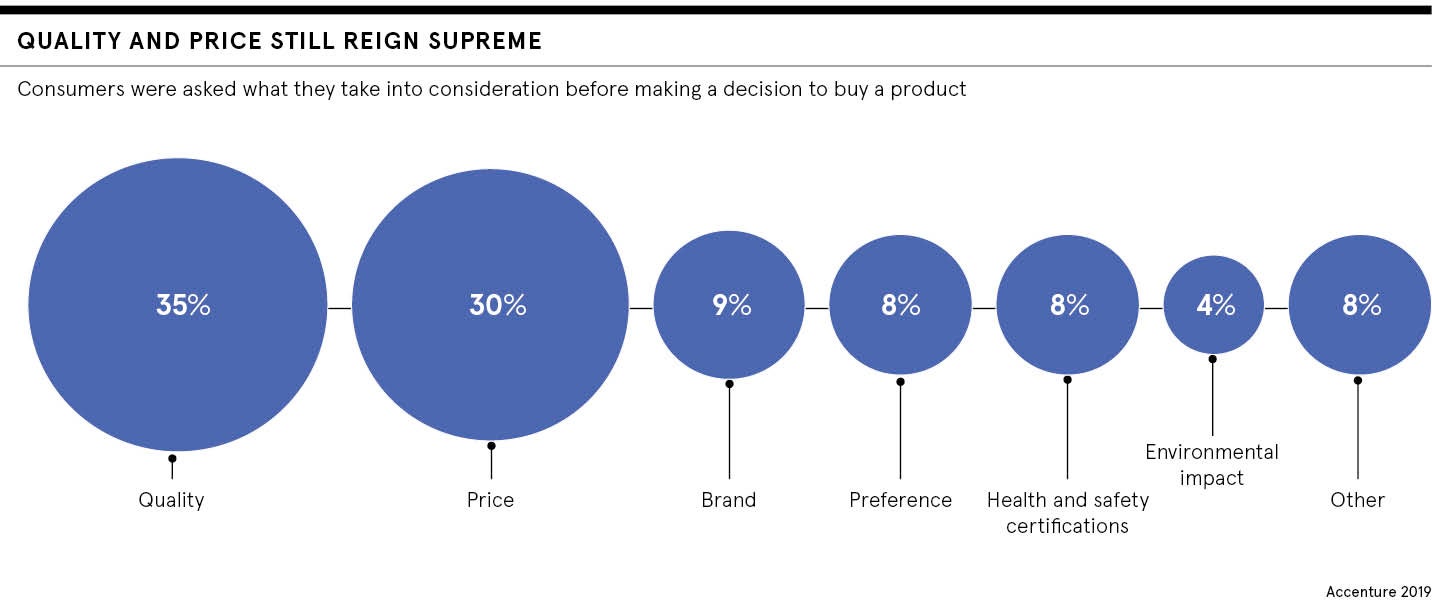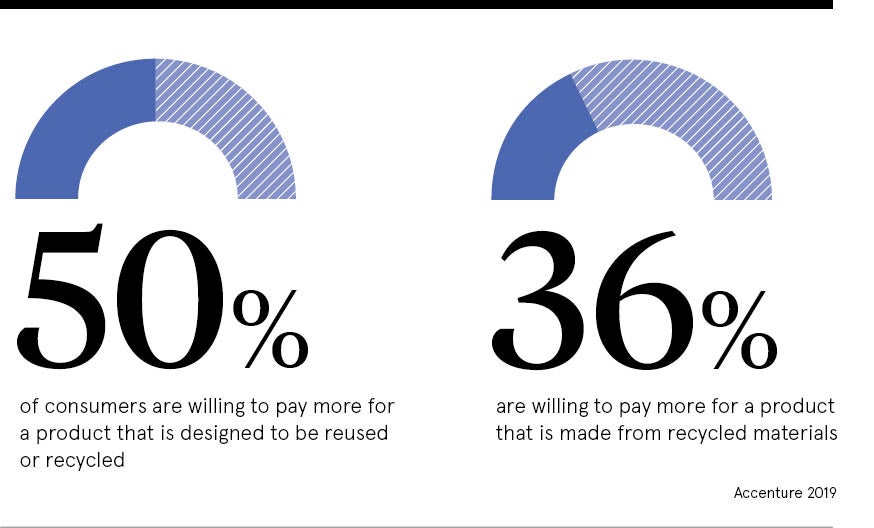Much of the work towards a sustainable future focuses on the humble battery. To reduce carbon waste, fuel cells have to become smaller, less visible, yet more powerful. It’s a tricky puzzle, but there has been significant progress.
At this year’s NTT Research & Development Forum in Tokyo, the communications giant displayed a transparent A4-sized slate battery capable of powering rudimentary electrical devices. The innovation here is in the size of the prototype (bigger), the opacity (clearer) and its flexibility (bendier) when compared with earlier versions.
As it develops, such a power source could replace windows in electric cars, homes and offices, providing a discrete integrated power source. It could be adapted for wearable devices and in paper products, making the technology a potential game-changer in energy storage and supply.
“Transparent batteries are a step towards transparent devices with potential applications in wearables and the internet of things,” says Tom Winstanley, head of innovation at NTT DATA. “As more and more devices come online, we are able to build new services that make our workplaces smarter and create a more connected world.”
Green energy in the fabric of the things we use
Creating green energy sources that outperform fossil fuels, but do not weigh a ton or take up acres of space, is integral to producing products that appeal to consumers, including those who care more about aesthetics and functionality than sustainable innovation.
Designs that minimise impact on our natural resources are a win-win for companies and consumers
Energy demand is expected to rise quickly thanks to new applications in healthcare, consumer electronics and mobility. In response, a legion of researchers are working on a vast array of potential generators and storage solutions.
Another example is Northumbria University’s work in developing solar paint, which converts sunlight into electricity and could be used on vehicles and in construction projects. Dr Neil Beattie, associate professor at the university, says the technology is at the prototype stage and is around 7 per cent efficient, with 10 per cent or more needed to create commercial applications.
He says: “Getting to net zero carbon emissions is all the more challenging as our demand for electricity continues to grow. The solar paint technology being developed by our researchers has the potential to meet some of this demand in a sustainable way.”
Low energy and aesthetically pleasing
If generation and storage is one side of the energy coin, the flipside is energy efficient products, which according to Konrad Bergström, founder of Swedish electric boat manufacturer X Shore, must catch the customer’s eye regardless of their green credentials.
Mr Bergström argues that the constraint of planet-centric design is an advantage when it comes to ripping up the rulebook and creating innovations that improve user experience and enjoyment.
“When we created our Eelex boat, we knew it would be powerful, efficient and quiet compared to diesel-powered rivals, which are all huge benefits. But it also had to appeal to people’s sense of style, functionality and convenience.”

Fellow Swedish brand Volta Trucks is another business taking advantage of the design opportunities sustainable innovation brings. Head of design Carsten Astheimer explains: “Volta Trucks is the first purpose-built, fully electric truck for use in and around urban areas. The truck is made with a human-centric design approach.
“Without a diesel engine, we are able to completely redesign the cab, with the driver’s seat in the centre and lowered to optimise the field of view and allow easy access on both sides with sliding doors. We’re ripping up the design book on urban trucks and starting again.”
Invisible innovation that cuts consumption
But sustainable innovation doesn’t have to create eye-catching products; sometimes subtle changes can be just as impactful.
Food is a major source of waste material and as food supply grows, so does its harmful by-products. Apeel Sciences has created a plant-derived, invisible “peel” that extends the life of fruit and vegetables by slowing the rate of water loss and oxidisation. The edible wrap not only extends best-before dates, but also reduces reliance on plastic packaging, refrigeration and preservatives, according to chief executive James Rogers.
“Accomplishing our mission means the global food system will not only waste less food, but also waste less water and energy while simultaneously increasing availability and access to fresh food,” he says.

When it comes to design, sustainability offers new avenues for attractive products that are as usable as they are energy efficient. Hamish Gray, senior vice president at Keysight Technologies, a testing and measurement business working with technology companies, believes it’s an exciting time.
“Sustainability drives exciting consumer innovations,” he says. “It’s transforming the transportation sector and next-generation 5G mobile networks, enabling new applications. Designs that minimise impact on our natural resources are a win-win for companies and consumers to ensure the ongoing ecological balance of our planet.”
Green energy in the fabric of the things we use
Low energy and aesthetically pleasing

